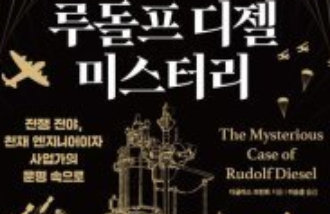[Editorial] Insurance Integration
[Editorial] Insurance Integration
Posted August. 18, 2006 03:00,
The government is planning to integrate the imposition and collection systems of the countrys four major insurances, which are health insurance, national pension, employment insurance and industrial accident compensation insurance. These are minimal social safety nets insuring the people against health problems, post-retirement life and unemployment. Thus, efficiency and fairness are critical in levying and collecting insurance premiums. Nevertheless, past administrations focused only on introducing the insurance system, failing to address the problems concerning the insurance levy methods and excessive expansion of the management organization that caused operational inefficiency and administrative waste.
Currently, the health insurance and the national pension are levied based on individuals taxable earned incomes, while employment insurance and industrial accident compensation insurance are imposed based on the total income. Although the present system works fine for wage earners whose earned incomes are clearly distinguishable, it is creating confusion and distrust when it comes to the self-employed whose incomes are hard to identify. Such an insurance system is largely responsible for the rampant moral hazard in which people with the same income pay more for the national pension, which will be paid back to them in their later life, while paying less for the health insurance that will just disappear.
Moreover, under the current system, different organizations oversee insurance levying and collection, creating inconvenience and inefficiency. The national pension and the health insurance are handled by the National Pension Service and the National Health Insurance Corporation respectively, while the industrial accident compensation insurance and the employment insurance are managed by Korea Labor Welfare Corporation. The National Health Insurance Corporation has more than 10,000 employees and the National Pension Service has about 4,800. If we restructure the overlapping or similar tasks of the two organizations, their service and work efficiency will rise substantially, strengthening competitiveness of the insurance administration.
Of course, it is not easy to integrate the systems of the four major insurances. Most of all, the government has to overcome the struggle of the notoriously aggressive social insurance labor union and technical problems from data base integration. The former Kim Dae-jung administration gave up before even giving it a try. The Roh Moo-hyun administration, too, has been too obsessed with ideological changes with regards to the legislation to probe the history, the newspaper law and the private school law, and has not done much in terms of reforms to improve peoples livelihoods and to lift burdens on the people. If the administration succeeds in the insurance system integration, it will be remembered for its historical reform achievement.







